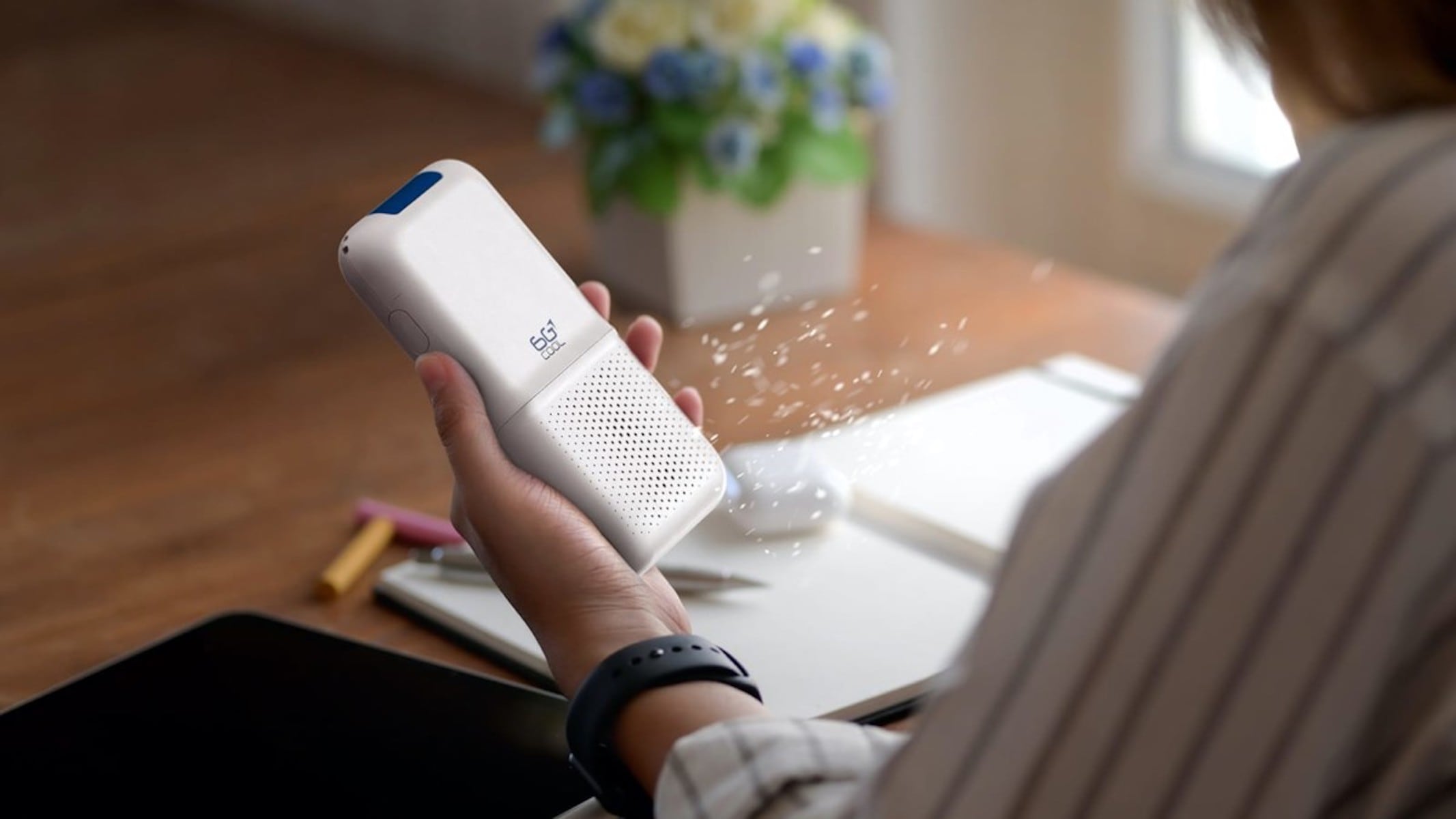

- COFFEECUP SITE DESIGNER V3 VS RESPONSIVE SITE DESIGNER HOW TO
- COFFEECUP SITE DESIGNER V3 VS RESPONSIVE SITE DESIGNER PLUS
For example, Foundation or Bootstrap classes can be ‘filtered up’ from a predefined list, custom classes can be added or URLs specified. The top part is used to configure the HTML / content part of the element. Out of the five panes, the Design pane is probably the most frequented one. Symbols are elements such as a buy button, or components such as a footer, that are being kept in sync across all places and pages of the project. Symbols are accessible through the Content pane. This subpane gives access to all prebuilt components like navigations, cards, and modals that are included in the project. Elements like headings, paragraphs, buttons, images and videos (and a whole bunch more) can be inserted into any column on the canvas.Īlso on the Content pane are the project Components. Here you can add rows, columns (which hold the actual content elements) and specify, for example, the width of a column and adjust it for different display widths. This pane includes the controls for working with the grid. The pane on the most left is the Layout pane. Here’s an overview of each of the panes, details on each pane are provided in the next sections. The icon is replaced by the pane name upon hover. Please note that the default Foundation, Bootstrap, and Materialize breakpoints can not be moved, nor removed.On the right side of the UI, there are 5 panes each with a specific role in creating the responsive design. When selected they can also be moved left and right with the keyboard arrow keys. They can be removed by selecting one - click on it - and hitting the minus icon.
COFFEECUP SITE DESIGNER V3 VS RESPONSIVE SITE DESIGNER PLUS
A breakpoint becomes active when the slider is placed on the right of it and until the next breakpoint is reached.Ĭustom breakpoints can be added by clicking on the breakpoint bar or with the plus icon on the left. For example, if it is pointing to the right, your style and layout changes will apply to that specific size and higher. The breakpoints are pointing towards the direction of the workflow. This feels really dynamic, that’s why we started calling these breakpoint induced changes ‘responsive actions’.Ī breakpoint is active when the dot turns from a solid triangular shape to the carrot icon. Layouts, widths, font sizes and other design elements are revised where needed to keep the content in focus and pleasant to consume. With breakpoints the same content can be presented in optimal form across the entire range of device sizes and screen widths.įollowing each breakpoint a specific set of style rules is delivered, so the site seems to ‘respond’ to the size of the display device. However, for content to be readable and usable on narrow screens such as mobile phones and tablets, a smaller but taller content structure is needed. The browser your viewer is using will see these breakpoints and will display the appropriate version of the design to the viewer.ĭesktop monitors have grown a lot over the years and offer lots of space, allowing for a wide multi-content layout with large fonts and imagery. Anytime you feel a style or layout change is needed for a certain screen size, add a breakpoint, then customize the design as needed. However, at some point layout or design changes are needed to prevent elements and content to become too small or otherwise unusable. The page elements proportionally grow and shrink depending on the available space for displaying it. The built-in width slider helps to test the layout, design and usability of the content at all possible screen widths. The Viewport Width Slider and Breakpoint controls are used for previewing and managing the page at different screen sizes. Along the bottom bar you will see how the element selected changes and you can go to any of his parents clicking in that node of the bar. You will see a thin line around them showing you that has been selected.

COFFEECUP SITE DESIGNER V3 VS RESPONSIVE SITE DESIGNER HOW TO
Learn how to change page styles and layout for different screen sizes using the powerful Viewport Slider and Breakpoints Bar.įor selecting elements to style or position, you just need to click on them on the canvas. Not only that but also see how they will display on different widths for all the devices out there. In this chapter you will learn how to select and navigate through your elements.


 0 kommentar(er)
0 kommentar(er)
